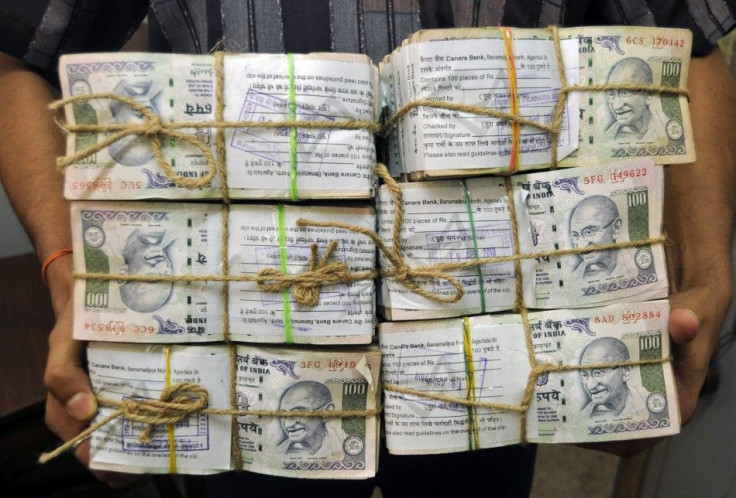Indian Rupee Recovery May be Brief as Further Downside Awaits

Indian Rupee gained Thursday, breaking an eight-session losing streak, after the country's central bank, Reserve Bank of India (RBI), took several measures to stem the fall of rupee against the greenback.
RBI on Wednesday relaxed rules on overseas borrowing by firms and raised the ceiling on interest rates for deposits by non-resident Indians. The central bank also eased guidelines on currency-swap hedges by companies to help them cope with exchange-rate volatility. Buoyed by the RBI action, the corporate also sold some dollars.
In addition, there are speculations that RBI, which has more than $300 billion in foreign exchange reserves, continued its sale dollars after the rupee touched an all-time low of 52.73 to a dollar on Tuesday.
Investors recently have lost confidence in the currencies of emerging economies such as Indian Rupee as worsening debt crisis in Europe is hurting the sentiment. As a result, Rupee became the worst performing currency among major Asian peers and is expected to continue its downward spiral against U.S. dollar.
Amid rising oil import bill and external debt, the rupee-dollar exchange rate could well reach the levels of 53.80 by January 2012 and 55.10 by March 2012 if the global economy continues to be bleak like in recent months, according to industry body ASSOCHAM (Associated Chambers of Commerce and Industry of India).
If the Eurozone and the United States start showing signs of recovery and foreign funds start flowing back to India, the exchange rate will settle around the new normal level of 49.50, the agency said.
The rupee started tumbling after the downgrading of U.S. credit ranking and increasing threat perception of Greece defaulting on sovereign debt. It slid against the dollar from 44.40 in July to 45.50 in August, 47.60 in September, 49.30 in October and 52.70 this month.
Such wild fluctuations within a short span of time are unsettling and leaving imprint on rest of the economy, said secretary general D.S. Rawat. The depreciating rupee will add further pressure on the overall domestic inflation.
Since India is structurally an import intensive country as reflected in high and persistent current account deficits month after month, domestic costs will rise. The rupee depreciation will particularly hit industrial sector and put higher pressure on costs as items like oil, imported coal, metals and minerals, imported intermediate products are getting affected.
Despite Brent crude oil price coming down from 118.46 dollars per barrel in April to 109.03 dollars in November, there has been increase in import price to the extent of Rs 489.80 per barrel as the rupee came down from 44.40 to 52.70 to a dollar.
A falling rupee has also impacted cost of borrowing for the corporate sector. Indian companies raised 29 billion dollars this calendar year through external commercial borrowings and foreign currency convertible bonds.
If current valuations persist, they will end up paying five billion dollars more, said Rawat.
India's external debt is dominated by dollar to the extent of 54.2 per cent. The rupee depreciation by 16.54 per cent between April and November is bound to increase interest payments. Between June and November, the total external debt increase by Rs 21,860 crore.
Currently, Indian Rupee is trading at 52.24 against a dollar. Meanwhile, currencies of Brazil, South Africa, Mexico and Russia have taken a hammering amid the European crisis as well as a weak economy in the U.S.
The falling Bombay Stock Exchange (BSE) index is partially an indication that foreign institutional investors are selling out, putting pressure on the rupee value, said the ASSOCHAM study.
Instead of intervention by the Reserve Bank of India and burdening foreign exchange reserves, India should stagger oil imports demand and coordinate purchases so that there is no undue bundling of imports at any time.
ASSOCHAM said the government can take initiatives which encourage flow of foreign investments into the country. Recent steps to consider allowing foreign direct investments (FDI) in pension fund or increase in investment limit in government securities and corporate bonds are in the right direction. Allowing FDI in multi-brand retail and civil aviation industry can also attract many foreign investors.
© Copyright IBTimes 2024. All rights reserved.





















